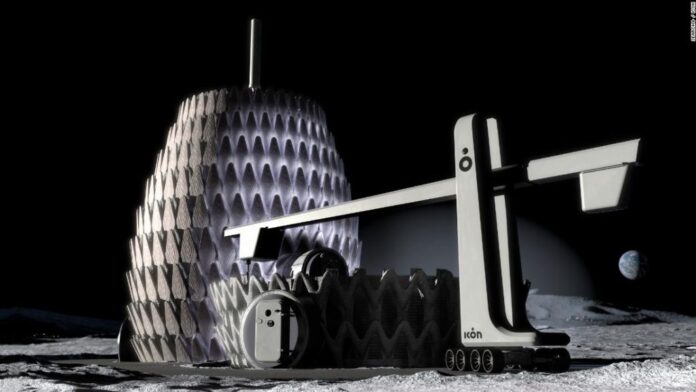Unlike robotics to enhance efficiency, safety and security, and quality in building and construction, 3D printing does not comply with the conventional procedures of laying blocks. “Layered construction” has become a new modern technology in the building industry. And also, building websites are changing. Unlike structure jobs being accomplished on-site, structural components are significantly pre-fabricated under commercial and automatic conditions and put together on-site, saving time and expense for much better top quality. 3-D concrete printing innovation remains in use today for residences, building functions, and building projects from wells to wall surfaces. Proponents claim it has the potential to significantly interfere with the entire building industry if it can get over a couple of obstacles first.
Right here, we’ll look at how companies are 3D printing with concrete (mortar, soil, and recycled items) today, what 3D printers they’re utilizing, and what materials make it possible. You’ll learn more about the fundamentals and advantages of 3D concrete printing and what advantages it can use over conventional building strategies.
Advantages of 3D Printing Concrete
3D concrete printing for construction has advanced rapidly over the past five years, with innovation in robotics, material science, and software, according to Guide house Insights, a research study. But why is that? What does it supply in contrast to standard structure methods?
3D printing can overthrow buildings regarding rate, cost-efficiency, and efficiency. That’s not an empty embellishment, either– professional, prominent firms that have attempted the technology concur.
It’s easy to see why building firms would certainly wish to conform to 3d Printing with Blender. It supplies significant benefits to the business, including:
Lower materials consumption since wall surface structures can be topologically optimized and partly hollow.
Less waste, no requirement for massive concrete molds or formwork
Faster building times when compared to laying bricks or concrete molding
A greater degree of design liberty and ability to create geometries (curves, hollowness, etc.) typical concrete molding can’t.
Higher efficiency (it can print 24/7).
Reduced need for labor.
Further developments in technology will press product intake than ever before reduced as better products and printers will be able to create even more facility and structurally audio geometries that aren’t currently possible.
Nonetheless, the 3D concrete printing market encounters obstacles it should eliminate before extensive adoption is feasible. These consist of the following:
High preliminary financial investment price (printers and related tech).
Limitations in print dimension (mainly up and down).
Minimal option of products.
High technological experience is needed to run as well as keep printers.
The surface coating of published elements can be aesthetically unattractive.
Building code obstacles.
Although 3D printing reduces the need for proficient labor, the required workers must have much greater training and education. Additionally, jobs such as mounting pipes and electrical will require human employees, who will need to adapt their processes to the brand-new frameworks.


